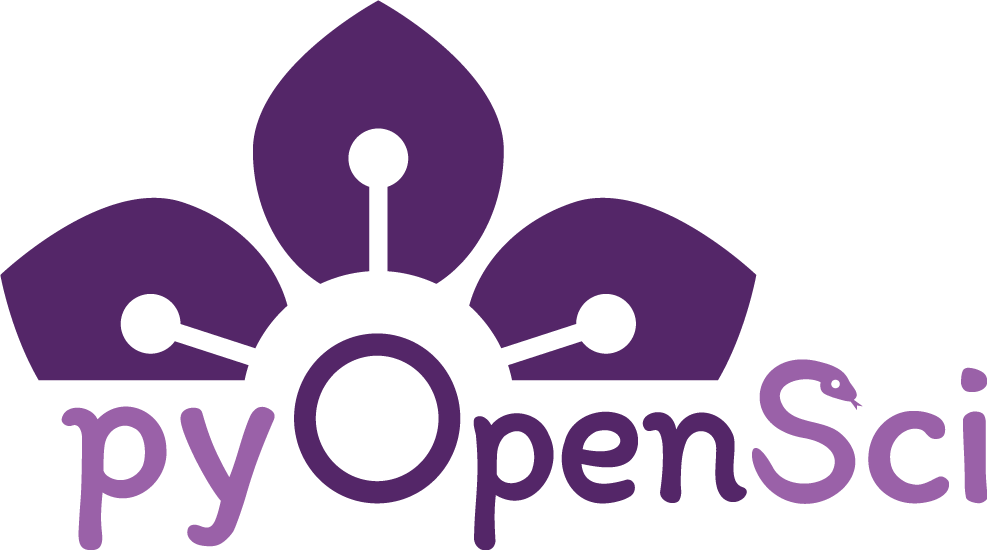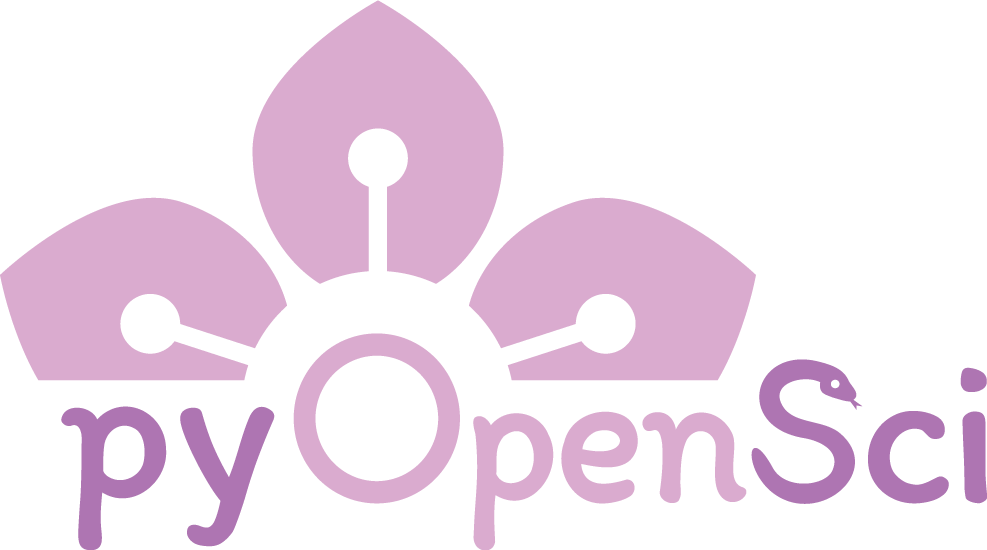How to Execute a Python Script#
There are two primary ways to execute a Python script.
You are may already be familiar with the python command, and that it can take the name of a Python file and execute it
python my_program.py
When Python reads a file in this way, it executes all of the “top-level” commands that are not indented. This is similar, but not identical, to the behavior of copying this file and pasting it line-by-line into an interactive Python shell (or notebook cell).
The other way a Python script may be executed is to associate the file with a launch command.
Non-Windows executables#
On Linux or Mac systems, the Python file can itself be turned into a command. By adding a shebang
as the first line in any Python file, and by giving the file executable permissions the
file can be directly invoked without a python command.
#!/usr/bin/env python
# The above line is a shebang, and can take the place of typing python on the command line
# This comment is below, because shebangs must be the first line!
def shiny_hello():
print("\N{Sparkles} Hello from Python \N{Sparkles}")
shiny_hello()
my_program.py
# ✨ Hello from Python ✨
Tip
Shebangs are a feature of POSIX. POSIX represents some level of compatibility between systems. Linux, macOS, all BSDs, and many other operating systems are fully- or mostly-POSIX compliant.
Windows is not natively POSIX compliant. However, some “modes” inside of Windows are, such as WSL (Windows Subsystem for Linux), gitbash, or some VSCode terminals.
Windows executables#
If your Windows machine has Python registered as the default application associated with .py files, then any Python
scripts can be run as commands. However, only one Python can be registered at a time, so all Python scripts run this
way will use the same Python environment. While all Python files should end in a .py, this naming is necessary for
Windows to associate the file with Python, as opposed to on Linux where .py is a convention and the shebang associates
the file with Python.
Additionally, most Windows Python installs come with the Python Launcher
which, in addition to allowing specifying the version of Python, can also read shebang lines and emulate some of that behavior.
This allows for shebang lines to be re-used between Linux, macOS, and Windows systems. However, on Windows the command must still
be prefaced with another command (py).
py my_program.py
# ✨ Hello from Python ✨
Tip
While there is no in-source format that can tell Windows what to do with a Python code file, executing a Python file with a shebang on Windows also does not cause any issues. Python just sees the whole line as a comment and ignores it! So even if you develop on Windows, it may be a good idea to add the shebang as the first line of your scripts, so that colleagues on different systems can also run it.
Executable comparisons#
Pros of passing a file to python:#
don’t need execute permissions
works for every system
explicit about what you expect to happen
Pros of inserting a shebang to the file:#
file is associated with specific python
don’t have to remember which
don’t have to use the
pythoncommanddon’t have to even remember it is a Python script

